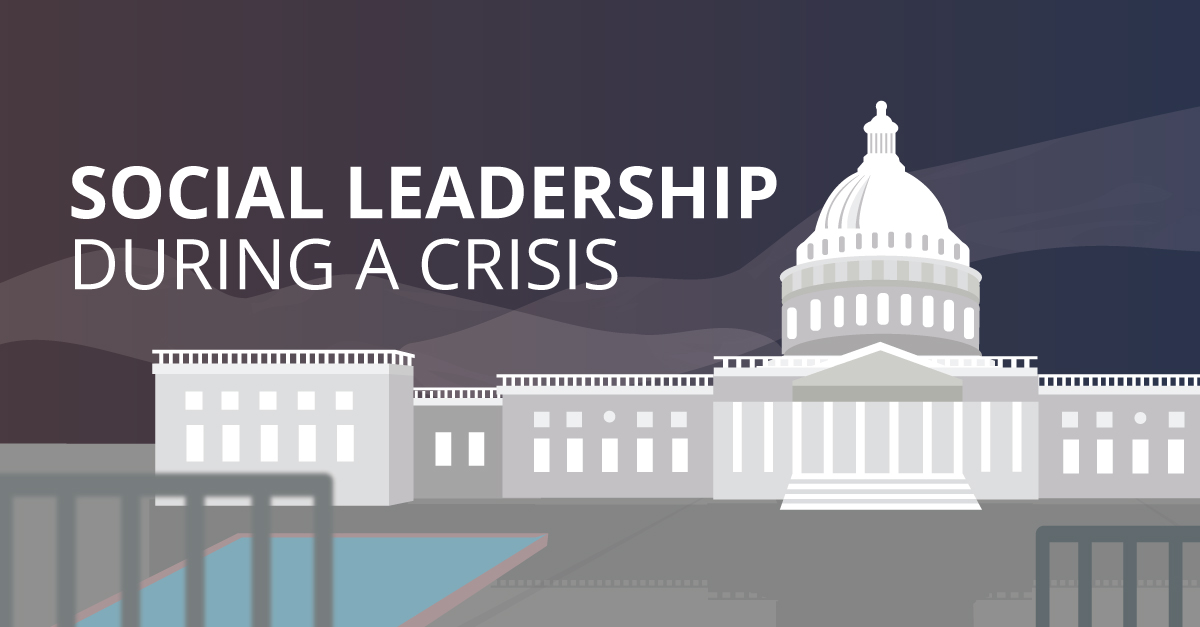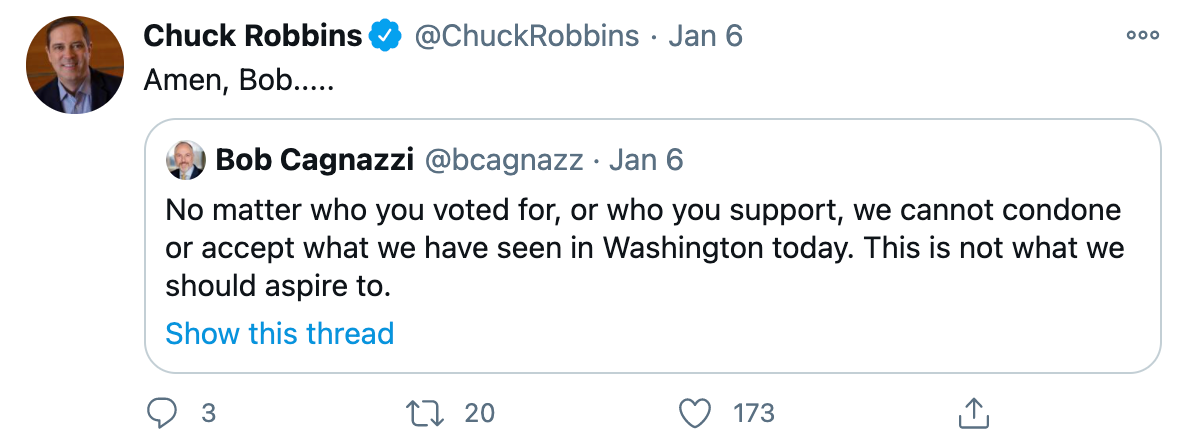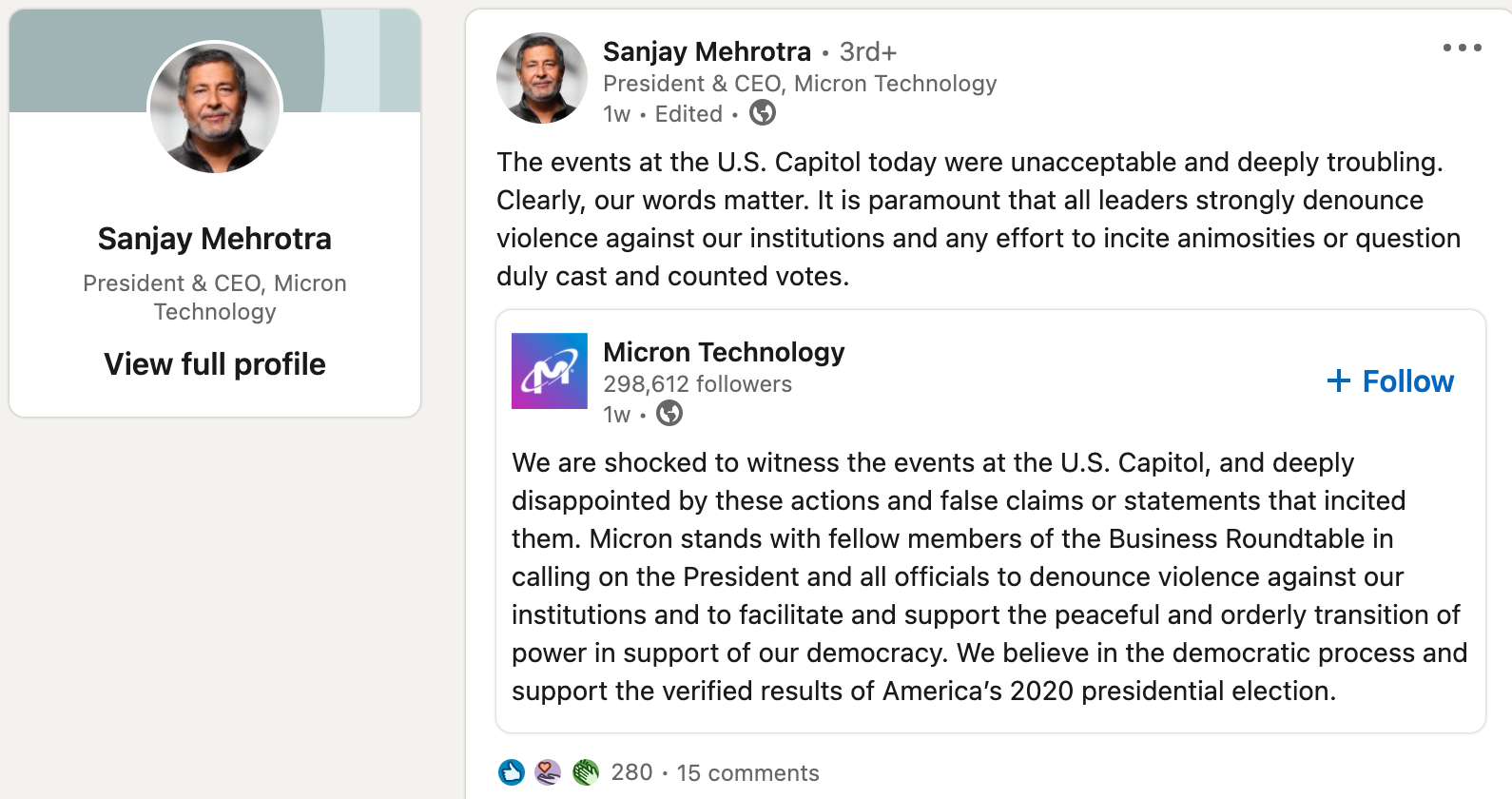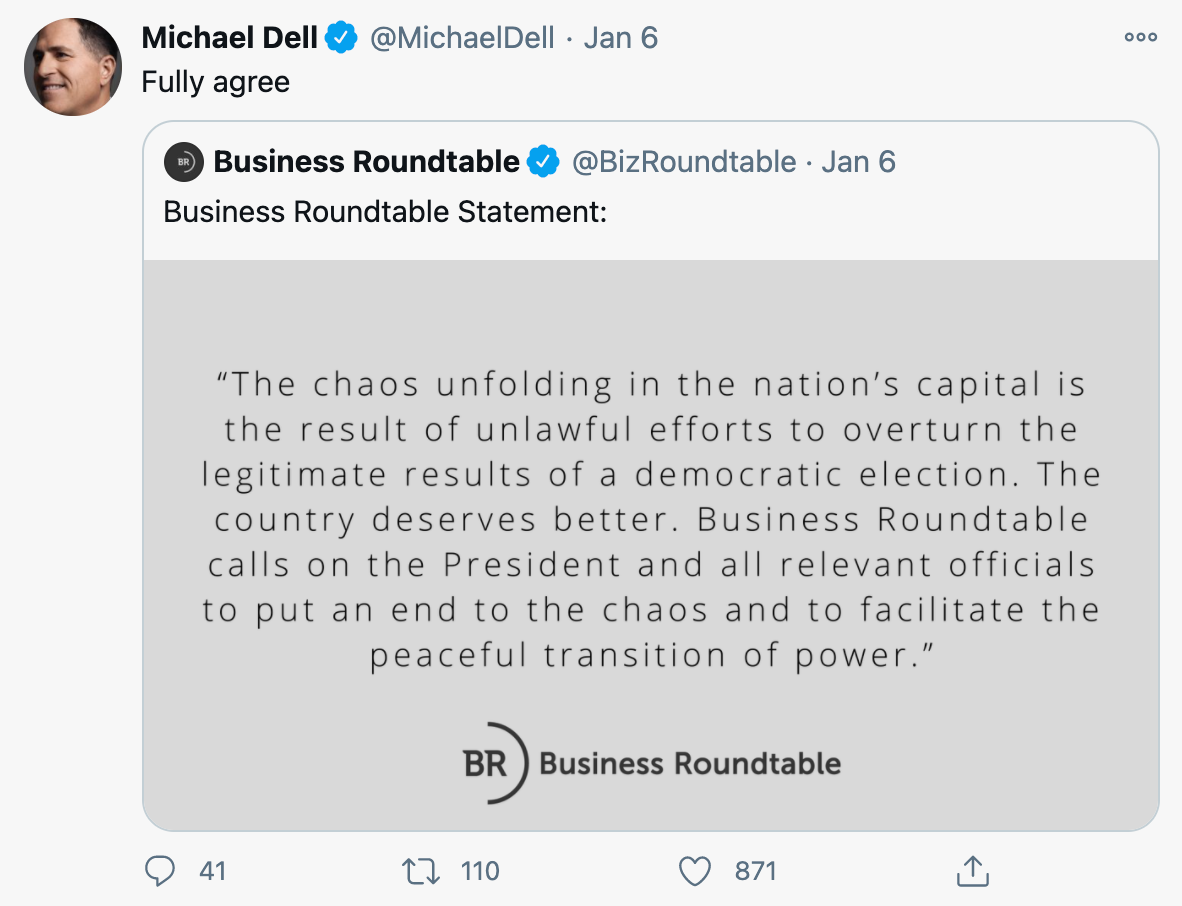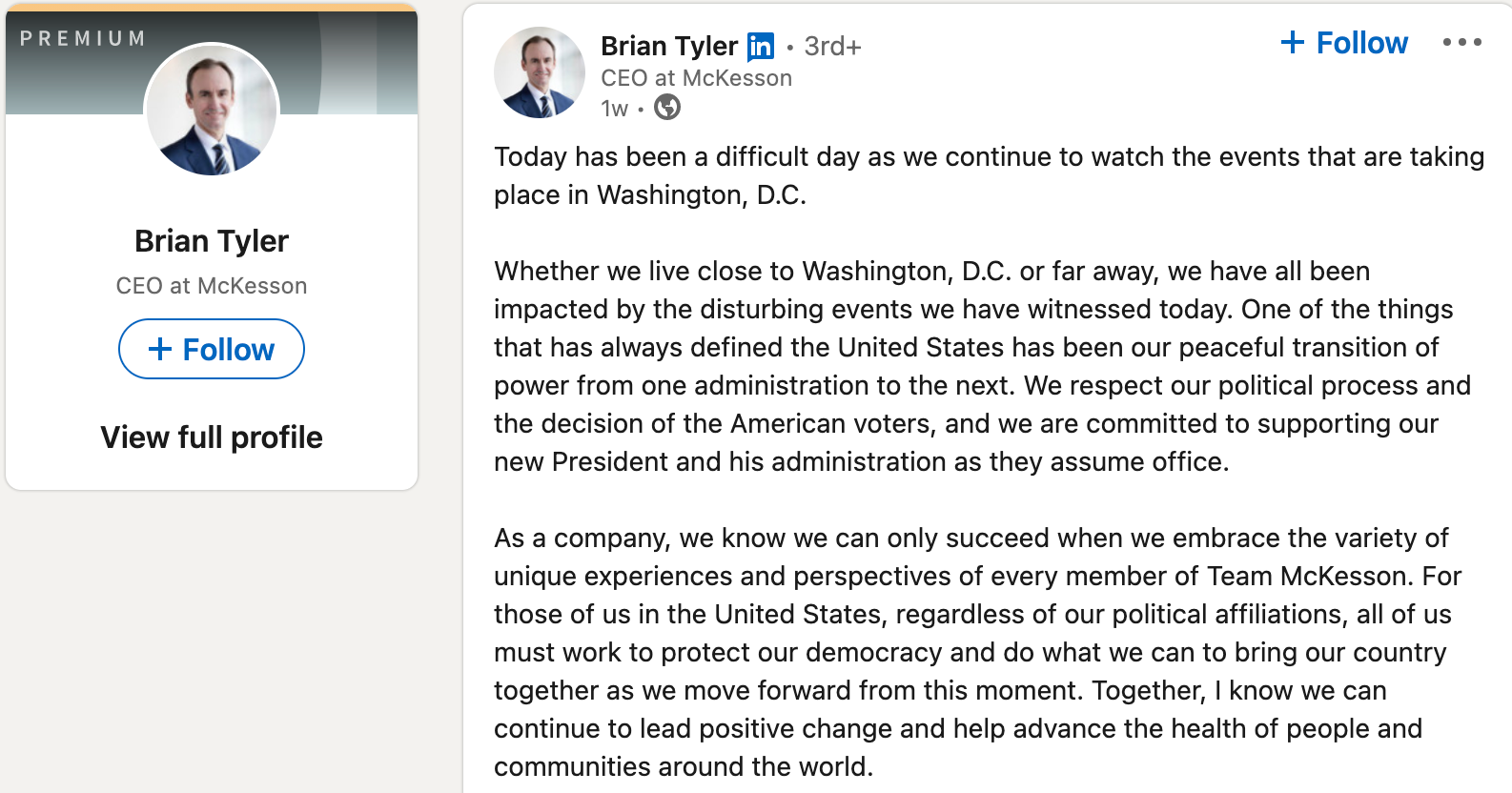When it feels like there’s no right thing to say, should you say anything at all?
That’s the situation we were in last week with the riots in Washington, D.C. I live several miles from the Capitol, but proximity didn’t matter when violence came to that iconic building. While I hope we never see anything like that again, there’s a chance there will be trouble again over the weekend, and possibly next week, too.
What should you say when it seems nothing you could possibly say will make things better, and even processing what happened is a struggle? When whatever you say is going to offend someone and probably quite a few people. There’s no win-win. But as a business leader, you know people are looking to you to make a statement.
In reality, dealing with a crisis is a part of life, and leaders need to be prepared. So I’m sharing my framework for deciding what to do and what to say. I hope it is useful to you, too.
Do You Need to Make a Statement?
The first decision is whether you need to say anything at all. Last week, most CEOs made the call they didn’t need to make a statement. But a handful of CEOs of the largest companies in our country came out loud and strong.
Hans Vestberg of Verizon shared a video:
— Hans Vestberg (@hansvestberg) January 7, 2021
Ask yourself these questions, as you weigh a response, or lack of one.
List the risks of speaking up.
-
- Who will be offended?
- What are the potential consequences of offending them?
Consider the risks of not speaking up.
-
- Who will feel unsupported?
- What are the potential consequences?
- Are you modeling the behavior you want to see in your team?
Determine the impact on your brand.
-
- What is more in alignment with your company brand and your culture?
- What is authentic for your personal brand and world vision?
If you’re still not clear, try two things. First, go back and score every item on your list from one to ten. Add up the score, see what decision the numbers point to, and think about how that decision feels.
Now imagine you are six months into the future. If you say something today, will you be glad you did in the future? Try the other decision on for size. Looking back, how will you feel if you say nothing today?
Stepping through these questions should help bring you clarity about whether or not you need to speak up. If you don’t feel confident about your decision, you probably don’t need to speak.
How to Craft Your Statement
Begin with empathy and identify your most important audience. Employees? Customers?
Picture a small group of the people who are your influencers. What are they feeling right now? Meet them where they are. Acknowledge their fears and concerns. Talk about your own feelings. Show that you hear them and you understand them.
Speak honestly about the current situation: what you know and what you don’t know. Provide facts and data if you have them, cite the source, and if that information might not be accurate or may be changing by the minute, say so. If there is anything you can say to help people feel that things are under control, say that, but only if it’s true.
What are you doing now about the situation? What are you planning to do next? Be honest, be realistic, and don’t make promises you can’t keep.
To the extent you can, look for a path forward. If you can find meaning and purpose in what has happened, share that. But it is sufficient, especially in the moment, to simply acknowledge how bad things are and that the current situation is unacceptable.
Make it clear that you care.
Once you have a first draft, read it over and revise, considering the people who are likely to be offended and upset. Do you need to soften your tone? Then consider the people you are standing up for and ask, is your tone strong enough?
Get a few people to review your draft. Look for a diverse set of opinions – not just people who report to you. Ask people of different ages, genders, races, income levels, and nationalities.
When to Post
Ideally, post within 24 hours of the incident. The first tweets from Fortune 500 CEOs went out within hours of the start of the riot.
How soon is too soon? Wait until you have the basic facts. But know that situations will change rapidly. If you wait until you have the whole story, it will be too late.
How late is too late? Most of the Fortune 500 CEOs who posted did so within 24 hours. A few posted a day or two later.
A week or more is too late to come out with a statement, although you could tell stories about how the event impacted your organization, talk about what your company is doing to address the issues that were raised, or share your reflections.
Fast Posts
The simplest way to get a message out is to share or retweet a post from a source you trust. Many of the CEOs with the earliest posts did this.
My message to my fellow Americans and friends around the world following this week's attack on the Capitol. pic.twitter.com/blOy35LWJ5
— Arnold (@Schwarzenegger) January 10, 2021
If your company has made a statement, you can share that.
Or share a statement made by a business group. The Business Roundtable tweet was shared by quite a few CEOs.
Be Prepared for Controversy
No matter what position you take, people will disagree with you. Some will comment in very negative ways. For good examples of how to handle that, take a look at the way these two CEOs handled responses on their posts:
And Brad Jacobs, CEO of XPO Logistics
Ideally, you respond to the people who have commented on your post the way Brian Tyler and Brad Jacobs did. But you can turn off comments on your post if things get out of hand.
If needed, you can go back and edit your post or delete your tweet. But part of the point of having a presence in social media is to allow people to engage with you and feel that you are open to hearing from them. Keep the comments open if you can.
We are living in interesting times, for sure. That gives us many opportunities to participate in discussions about the events around us and to demonstrate vision and leadership. I hope this was useful in helping you think through how you want to handle your social presence in challenging situations.
What tips do you have for me?

